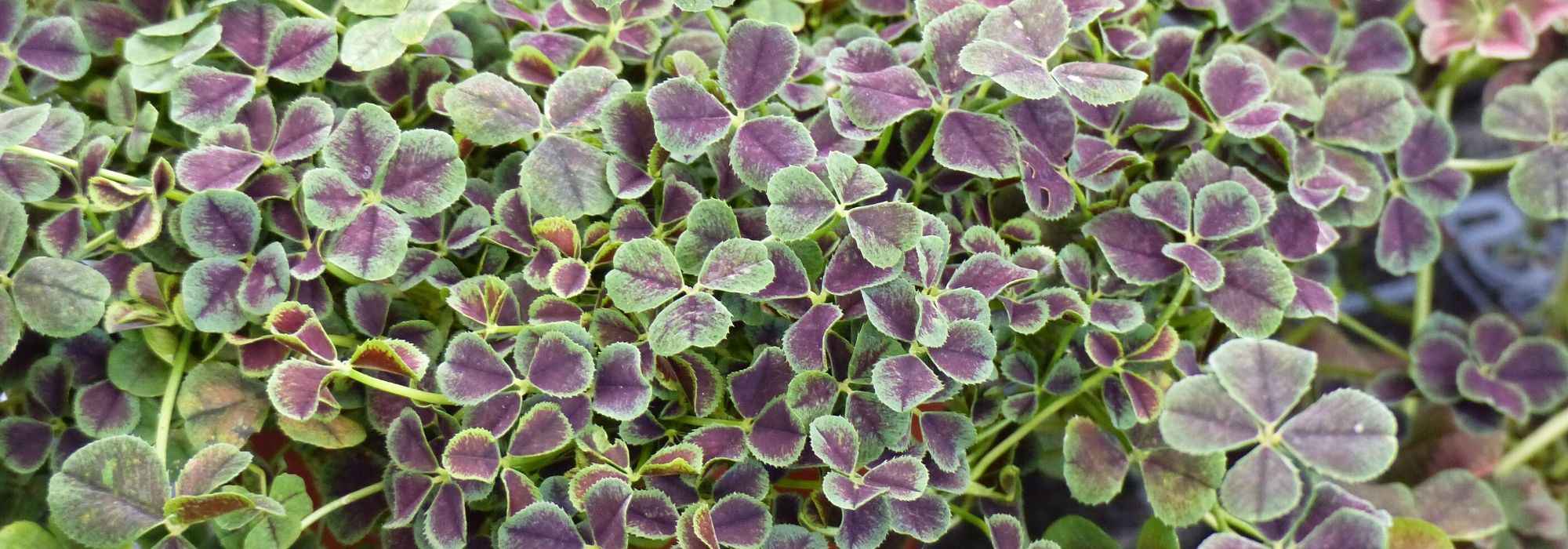
Clover, Trifolium: planting, sowing, care
Contents
Clover in a nutshell
- Clovers, belonging to the family Fabaceae (also known as Leguminosae), are represented by annual, biennial, or perennial species.
- Its characteristic foliage with 3 leaflets, deciduous to semi-evergreen, is adorned from spring to autumn with a beautiful melliferous flowering in red, pink, white, or yellowish pom-poms.
- Fast-growing, hardy, and low-maintenance, it is a robust and very easy plant to grow.
- Adaptable to all types of soil, even poor, it enjoys full sun or partial shade.
- Versatile, it is also used for its nutritional and medicinal qualities, its ability to enrich the soil, or as ornamental groundcover.
- Clovers find their place at the edges of flower beds, in natural-looking meadows, as well as on slopes or walls.
The expert's word
Clover (Trifolium) is a very common plant that each of us has likely seen in fields or along pathways. Belonging to the Fabaceae family, there are many species of annuals, biennials, and perennials. A small-sized plant (10 to 60 cm), it is easily recognisable by its leaves which are solid green, bluish, or tinged with bronze, usually divided into 3 leaflets. The foliage can be deciduous to more or less evergreen depending on the varieties. The flowering, which occurs between spring and autumn, in pom-poms that are more or less elongated in white, pink, light yellow, or red is also characteristic, and it attracts pollinators. Very versatile and fast-growing, Clover is often used as fodder or as green manure, and some species have medicinal properties. Capable of establishing itself in any type of soil, Trifolium has the ability to regenerate and enrich even the most degraded soils and represents a serious competitor to unwanted weeds. Hardy down to -15°C, it can be quite invasive, but some perennial species form effective and beautiful groundcovers, making it easy to integrate into an ornamental garden as it is a robust plant, very easy to cultivate and requires almost no maintenance.
Description and botany
Botanical data
- Latin name Trifolium
- Family Fabaceae (Legumes)
- Common name Clover
- Flowering from spring to autumn
- Height 10 to 60 cm
- Exposure Sun, partial shade
- Soil type all types of soil
- Hardiness good (-15°C and beyond)
Clover, known as Trifolium by botanists, is a herbaceous plant from the Fabaceae family (also known as Legumes or Papilionaceae), alongside mimosa, beans, and wisteria. The genus Trifolium includes around 300 species, among which there are annuals, biennials, and perennials (the most commonly cultivated species being Trifolium repens, Trifolium pratense, Trifolium rubens, Trifolium ochroleucon and Trifolium incarnatum). Its distribution range is very wide, found in temperate or subtropical countries, except for Southeast Asia and Australia. Generally fast-growing, clover reaches between 10 and 60 cm. Its foliage, deciduous to semi-evergreen, is borne alternately on upright to prostrate stems, and can be glabrous or slightly pubescent (covered with fine, short hairs). The leaves are compound, meaning they consist of several leaflets, mostly in groups of 3 (hence the name trifolium), although some species and cultivars may display 4 to 7. Generally green, with more or less dentate margins and sometimes maculate in the centre, the foliage can also exhibit bluish tones, and there are cultivars with purple foliage that are particularly decorative, such as Trifolium repens ‘Pentaphyllum’. Depending on the varieties, clover flowers from spring to autumn. The flowers, very small but numerous, are papilionaceous (butterfly-shaped). They are grouped in spherical to elongated racemes, borne on short peduncles, either at the ends of the stems or in the axils of the branches. Ranging in colour from white, pink, red to yellowish, the flower is highly melliferous and is sometimes fragrant.
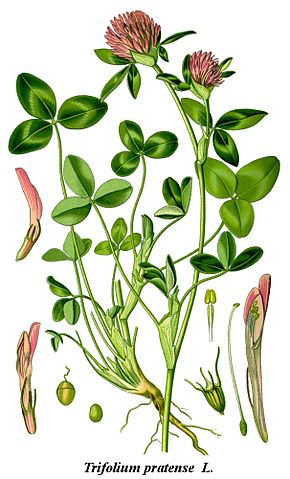
Trifolium pratense – botanical illustration
The uses of clover are particularly diverse. Rich in protein, phosphorus, calcium, and iron, some species are used as forage plants. This is the case for Trifolium repens (white clover) or Trifolium pratense (red clover). Some clover species, such as Trifolium repens and Trifolium incarnatum (Crimson Clover), are also excellent green manures, as they have the ability to fix nitrogen in the soil and enrich it.
Red Clover (Trifolium pratense) is also used in herbal medicine for its medicinal properties. It is recognised for its diuretic, depurative, anti-spasmodic, and sedative effects. Prepared as infusions, tinctures, creams, or capsules, it is indicated for alleviating symptoms related to menopause and osteoporosis, preventing cardiovascular issues, treating certain dermatological conditions (eczema, psoriasis), or relieving coughs. It also stimulates the immune system and may be an ally in cancer prevention, although further research is needed to assess its true impact.
While some species are invasive (spontaneous sowing, conquering stems), others lend themselves very well to ornamental use, enhancing gardens. Perennial species form beautiful groundcovers and grow in tufts, some displaying a creeping character due to their rooting stems. They then create a dense carpet that leaves little chance for weeds.
Generally quite hardy and able to withstand -15°C, or even beyond, clover is a perennial plant for sun or partial shade, very easy to grow, and suitable for all types of soil, including poor and degraded soils that it helps to improve. It can tolerate light foot traffic and is sometimes used as an alternative to lawns. Some species, such as Trifolium incarnatum, prefer acidic soils, while others thrive in calcareous soils, like Trifolium rubens.
Read also
Oxalis: planting, growing and caring forThe different species and varieties of clover
The best varieties
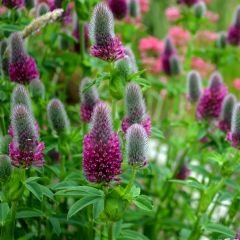
Trifolium rubens Seeds - Ruddy clover
- Flowering time July to October
- Height at maturity 60 cm
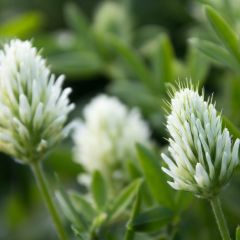
Trifolium ochroleucon - Sulphur Clover
- Flowering time July, August
- Height at maturity 45 cm
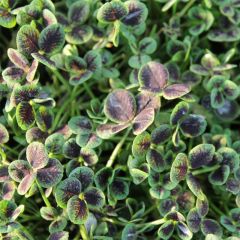
Trifolium repens Pentaphyllum
- Flowering time July, August
- Height at maturity 10 cm
Discover other Trifolium - Clover
View all →Available in 2 sizes
Available in 1 sizes
Available in 1 sizes
Available in 1 sizes
Available in 1 sizes
Available in 1 sizes
Available in 1 sizes
Available in 1 sizes
Available in 1 sizes
Available in 1 sizes
Clovers planting
Where to plant clover?
- Clover thrives in sunny to partially shaded locations. It tolerates all types of soil, including calcareous and clayey soils, with a preference for cool, well-drained ground, although Trifolium rubens shows good drought resistance. Trifolium incarnatum, on the other hand, performs better in more acidic soil.
- Clover establishes itself easily in poor and degraded soils, which it helps to improve.
- Its size and natural appearance make it particularly suitable for the edges of wildflower beds, slopes, or rockeries. It is also ideal for enhancing the top of a low wall or framing a pathway.
- Annual varieties find their place in wild meadows, and are very useful for enriching the soil of the vegetable garden, preventing it from being bare and preparing it for new crops.
When to plant and sow clover?
- Annual clover is sown either in spring (with mowing between flowering and seed setting), or in late summer/early autumn to ensure winter cover.
- Perennial clover is ideally planted in autumn or spring.
How to plant clover?
Planting perennial clover in the ground
- Soak the root ball in a container of water until the entire substrate is moist.
- In the meantime, dig a hole twice the size of the root ball.
- Place the plant in its location.
- Fill in with the excavated soil (to which you can add some potting soil or compost).
- Lightly firm with your fist.
- Water generously and mulch (with leaves, dry grass clippings, etc.).
- Keep the soil cool and not too dry during the first few weeks.
Planting perennial clover in a pot
- Moisten the root ball by soaking it in a large volume of water for a few minutes.
- Choose a pot about 30 centimetres in all dimensions, equipped with a drainage hole. You can place a piece of terracotta over this hole to prevent it from clogging over time.
- Prepare a substrate made of garden soil and potting soil (or just potting soil if you don’t have garden soil) and pour it into your pot.
- Place the root ball in the centre and fill with the remaining mix.
- Lightly firm, mulch, and water.
- Ensure that the substrate never dries out completely.
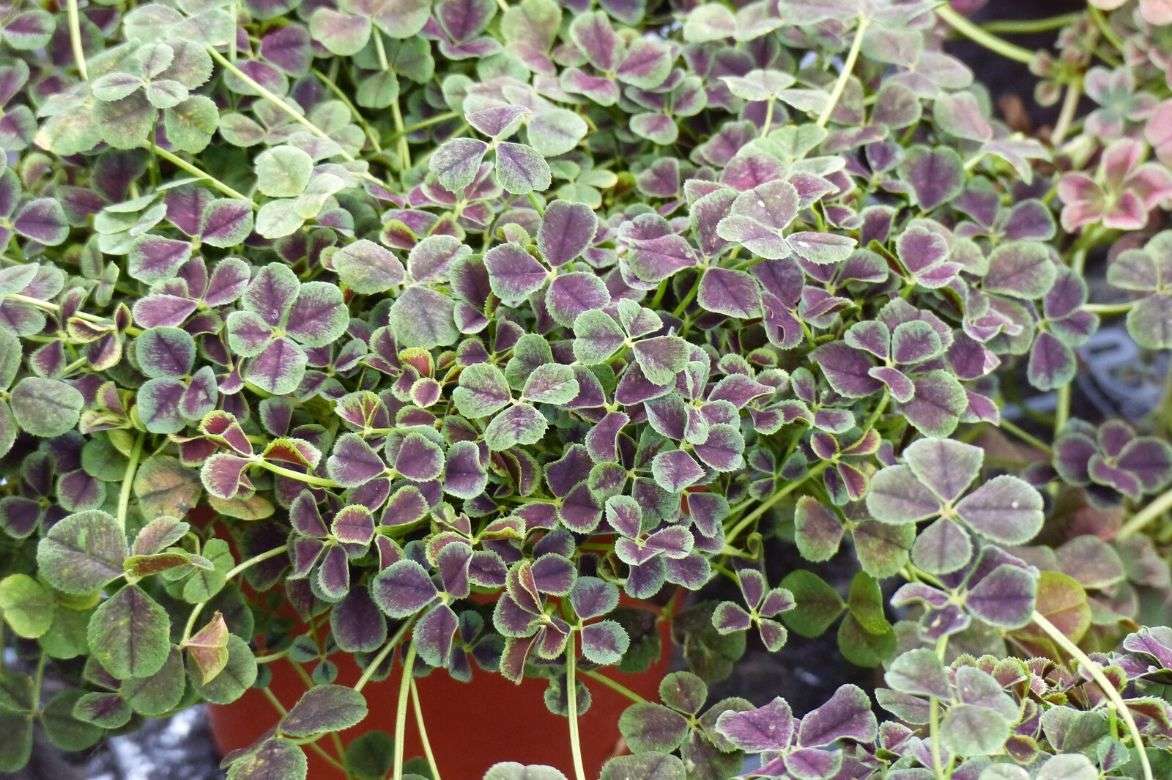
Superb Trifolium repens ‘Quadrafolium Purpureum’ grown in a pot
Caring for clover
The perennial clover requires no special maintenance. You can prune the faded flowers for aesthetic reasons, and simply clean the damaged foliage at the end of winter for evergreen species.
Propagating
Clovers multiply by sowing or, more simply, by division.
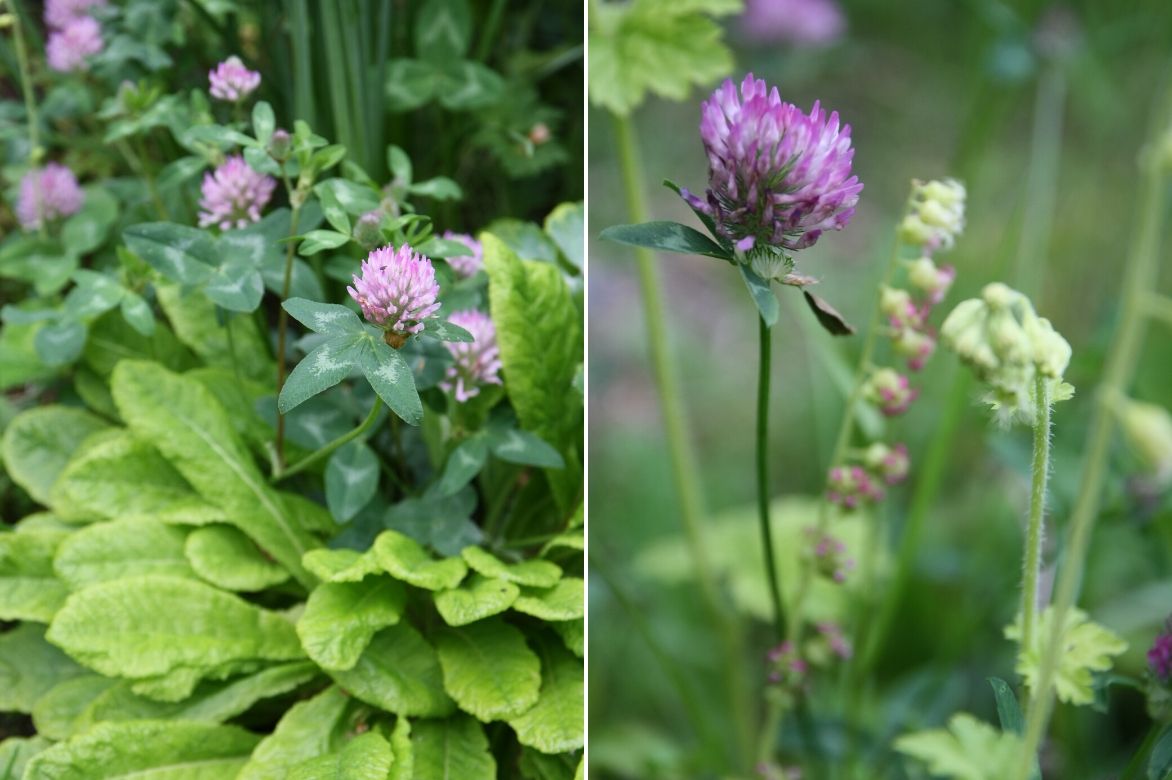
Trifolium pratense
Sowing perennial clover in trays
You can carry out clover sowing at the beginning of the year, from February to May.
- Sow in a tray or pot, ensuring that drainage holes are present.
- Fill your container with light compost, either labelled ‘sowing compost’ or by sifting a standard compost to which you add perlite, vermiculite, or sand.
- Sow the seeds on the surface of the compost, spreading them evenly and keeping a light hand.
- Cover with the same substrate, then firm down, using a piece of board, for example.
- Moisten the substrate with a spray bottle or by bottom watering the container (i.e., placing it in a basin of water for a few minutes).
- When the compost is moist (but not soggy), seal everything in a transparent plastic bag.
- Place your container in a bright location, where the temperature remains around 20°C, to initiate germination (which usually takes between 2 and 4 weeks).
- When the seedlings appear, remove the bag to allow them to breathe.
- When the young plants have developed their first true leaves, transplant them into individual pots, in standard compost, which you will keep moist.
- Gradually acclimatise your plants to outdoor conditions, for example by taking them outside during the day for longer periods, and bringing them in at night.
- When they are strong enough and have developed their roots, plant them in the ground, spacing them about forty centimetres apart.
Division of perennial clover
Clover division is carried out in autumn or spring.
→ For rooting species (whose stems root around the initial plant), simply take, from the periphery of the plant, a piece of rooted stem, with its roots and some soil, and replant it in the desired location, watering after the operation.
Clumps can also be divided
- Remove the plant from the ground or pot in which it was growing, keeping as much soil and roots as possible.
- Divide into several sections by cutting with a knife or spade.
- Replant the resulting pieces in the desired location, water and mulch.
Associating clover with the garden
Clovers are a very effective groundcover, with some species potentially becoming invasive if not managed, but they are also an interesting ally for pollination. However, perennial varieties are more sensible and integrate perfectly into an ornamental garden.
- In an orchard, plant clover at the base of your fruit trees, such as apple or pear trees, or near the vine. They attract both pollinators that enhance the pollination of your crops and beneficial insects to naturally combat certain pests.
- In the vegetable garden, you can also take advantage of clover’s benefits to protect your vegetables.
- In the ornamental garden, plant perennial species along borders, and pair them with bushes or sturdy perennials, such as ornamental alliums, foxgloves, crocosmias, or hardy geraniums. Adding grasses that sway in the wind brings rhythm and movement to the whole. You can also enhance your rockeries or the tops of walls with clover clumps, accentuating the naturalistic effect with Erigerons, wall campanulas, or Arabis.
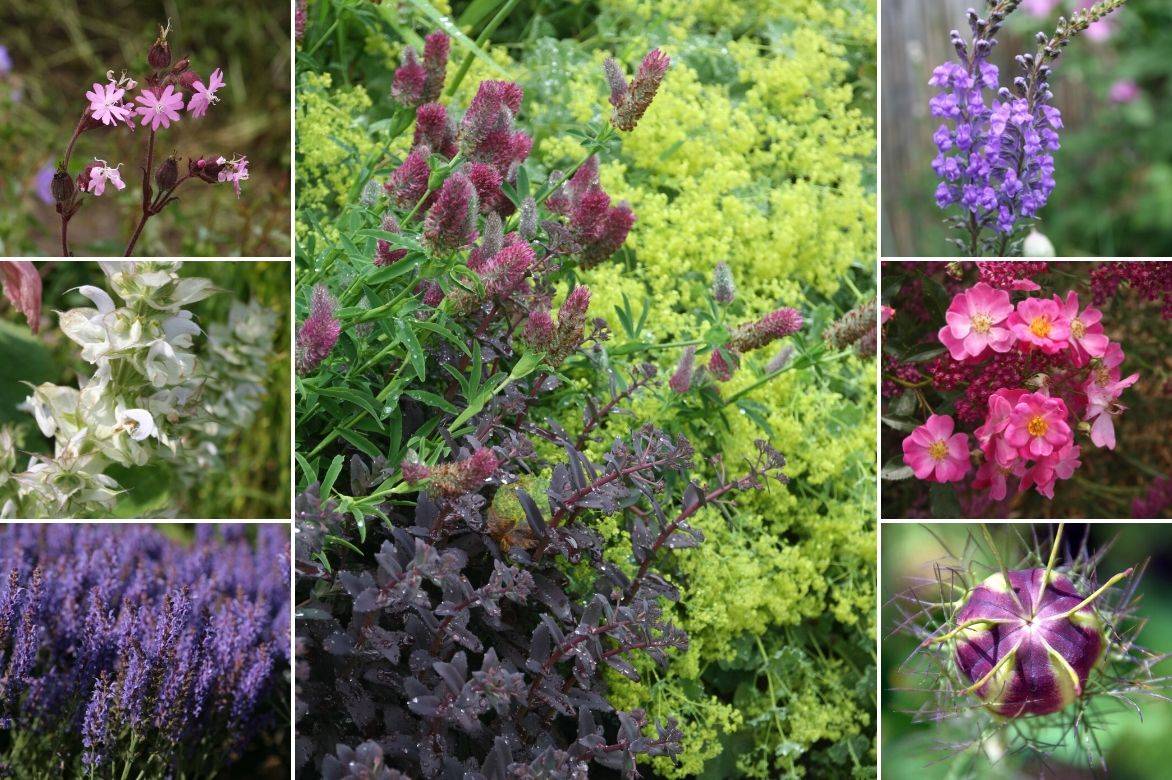
An example of a wildflower association: Trifolium rubens, Alchemilla mollis, and purple Sedum (‘Chocolate Cherry’, ‘Jose Aubergine’, ‘Purple Emperor’), Salvia sclarea ‘Vatican White’, Salvia nemorosa ‘Blauhügel’, Linaria purpurea, rose ‘Lavender Dream’, and Achillea ‘Cerise Queen’, Silene dioica, and some spent nigella capsules
→ Don’t forget the spring-flowering bulbs, which bring colour and cheer as soon as the first fine days arrive.
Did you know?
In addition to its ornamental qualities, medicinal virtues, and ability to regenerate soils, clover is also rich in symbols.
- Saint Patrick, on a mission to evangelise in Ireland, used the clover to explain the Trinity to King Aengus. The three leaflets represented the Father, the Son, and the Holy Spirit. His demonstration was so convincing that clover has since become the symbol of Ireland, and Saint Patrick is celebrated every year.
- Before him, Druids attributed magical powers to clover, and the four-leaf clover was believed to detect the presence of demons. Christians, on the other hand, saw a different meaning, with each leaflet representing hope, charity, faith, and luck. The four-leaf clover is well known for bringing good fortune to those who find it.
- Finally, according to other popular beliefs, the number of leaflets has a particular significance. If you come across a five-leaf clover, you will become famous. If it’s a six-leaf clover that crosses your path, quickly call your banker, as it’s a sign of an upcoming financial windfall. Lastly, to ensure lifelong prosperity, all you need to do is find a seven-leaf clover!
→ WARNING: the Oxalis is often mistakenly taken for a four-leaf clover. Although the foliage is similar, it is a plant that has no botanical relation to Trifolium, and its flowering is also very different.
For further reading
Finally, to master the use and maintenance of annual clover as a green manure, check out our articles:
- Understanding and using green manures in the vegetable garden.
- Green manures: everything you ever wanted to know!
- Subscribe!
- Contents
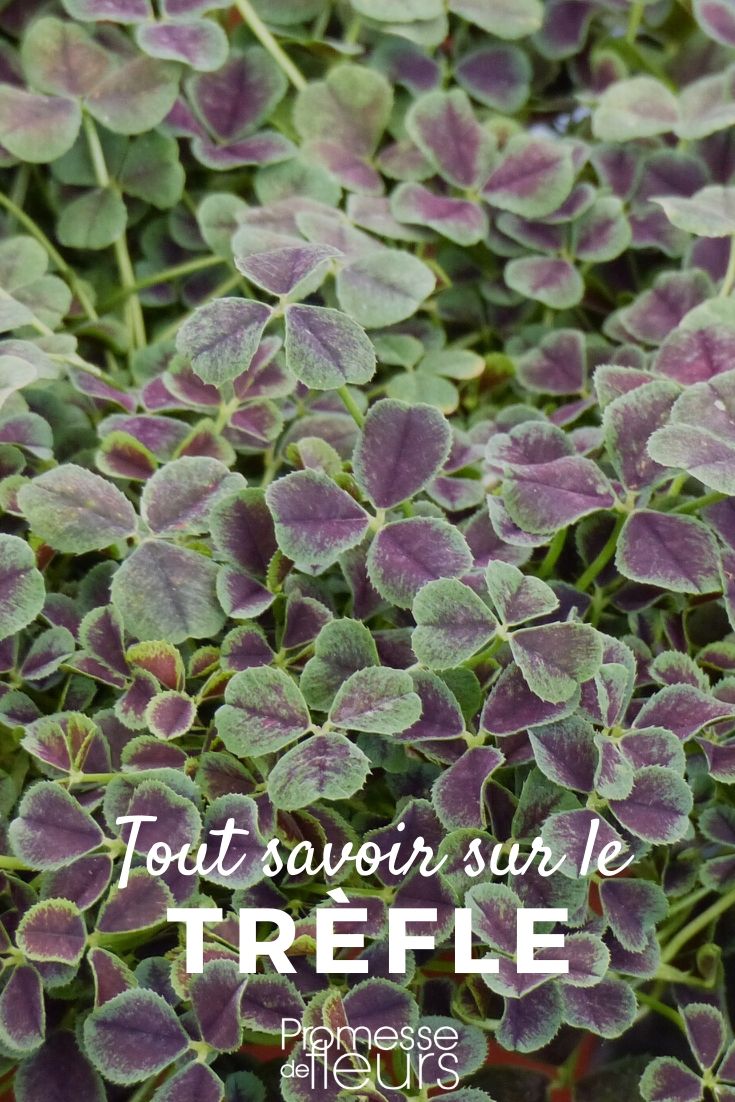































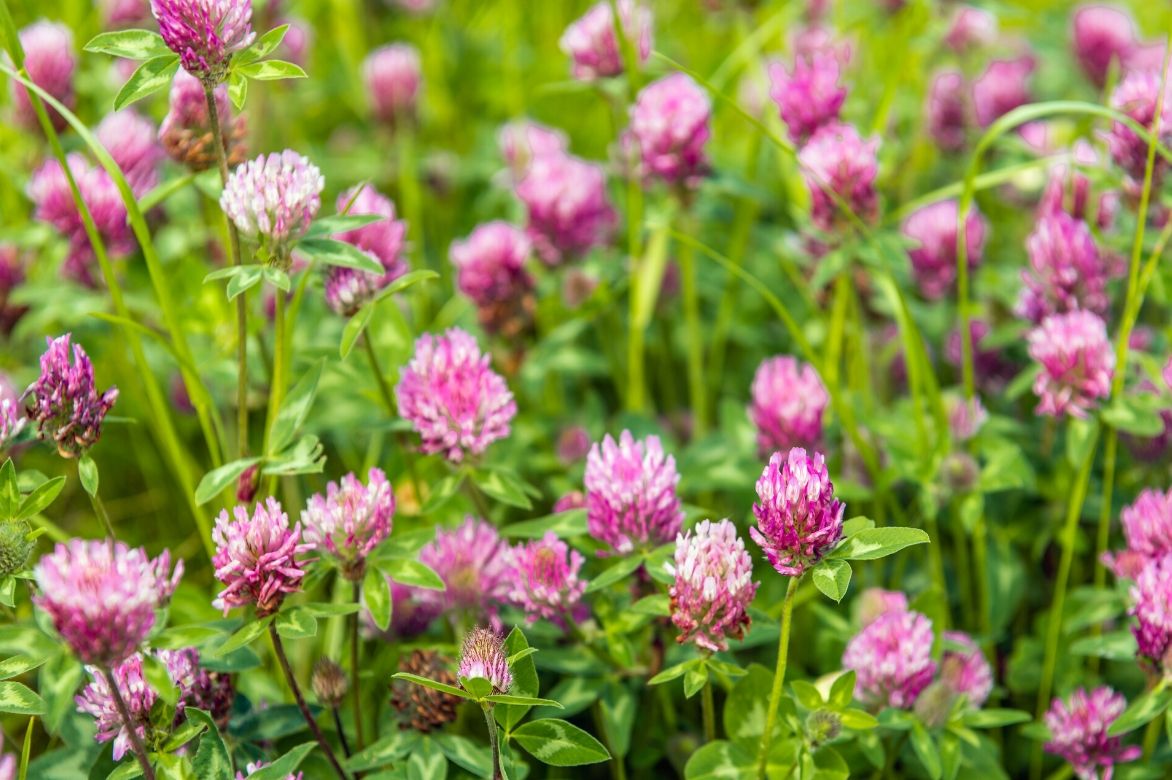
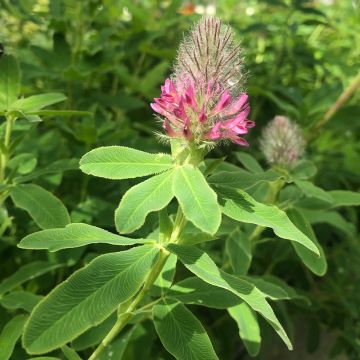


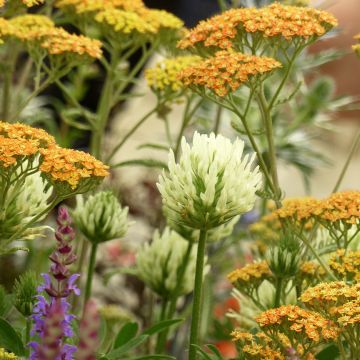
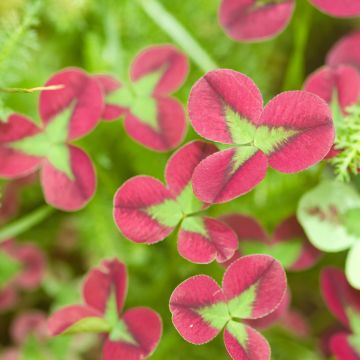
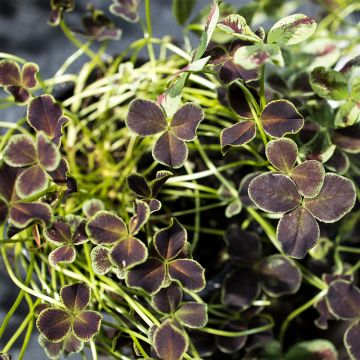
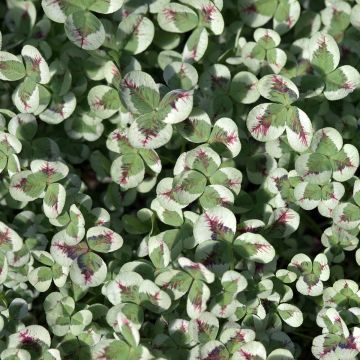
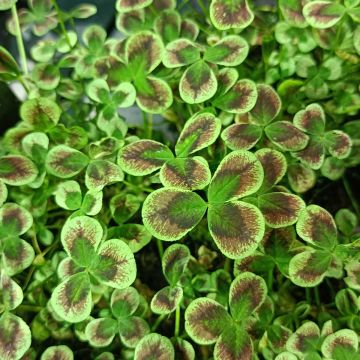

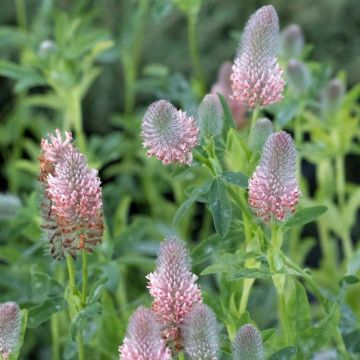
Comments